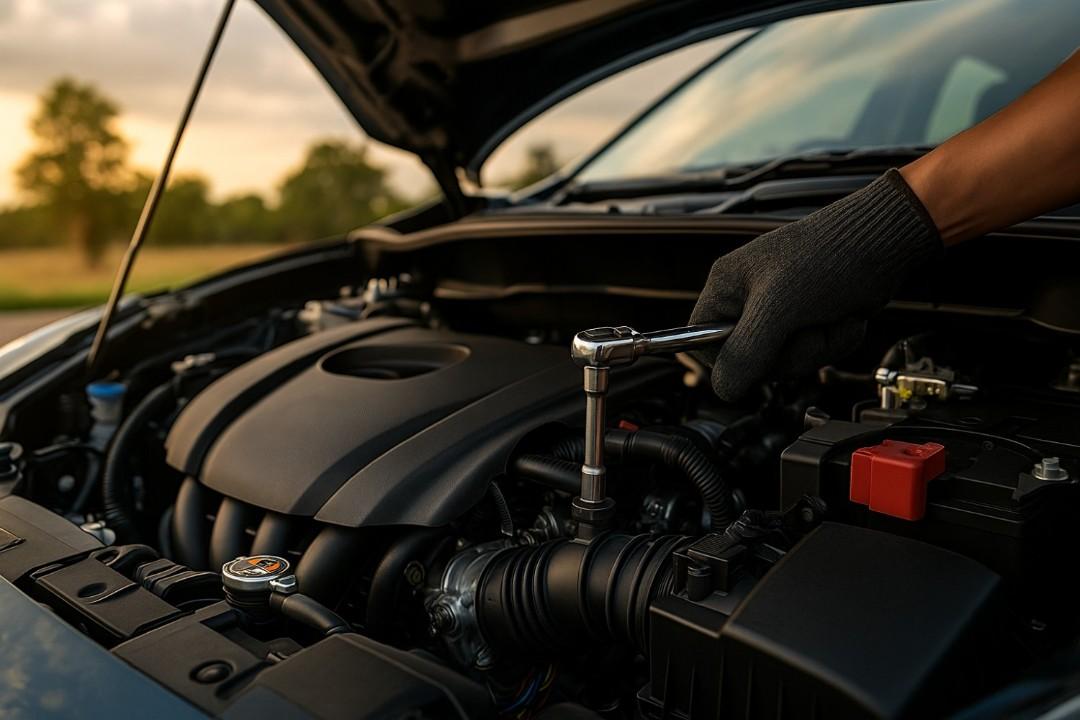Small changes can lead to significant improvements in vehicle performance, efficiency, and longevity. From maintenance techniques to innovative accessories, the right strategies can boost engine response, fuel economy, and overall driving comfort. These tried-and-true hacks combine practical upgrades with smart care habits to keep a car operating at its best.
1. Keep Tires Properly Inflated
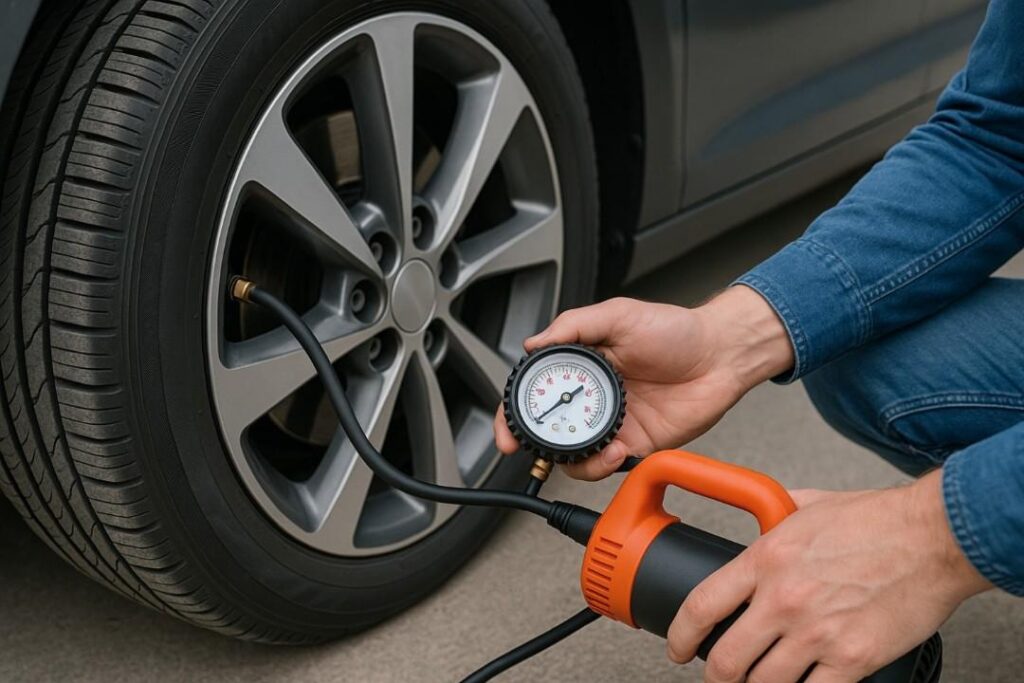
Maintaining correct tire pressure enhances handling, fuel efficiency, and safety. Underinflated tires increase rolling resistance, which forces the engine to work harder, while overinflation reduces traction and causes uneven wear. Most vehicles have an optimal PSI listed on the driver’s door frame.
Regular checks with a quality gauge—especially during seasonal temperature changes—prevent performance loss. Consistent inflation also prolongs tire life and improves braking performance. Pairing proper inflation with periodic wheel balancing ensures smoother rides and reduced vibration. Following this habit can save hundreds in fuel costs over time (source).
2. Use High-Quality Engine Oil
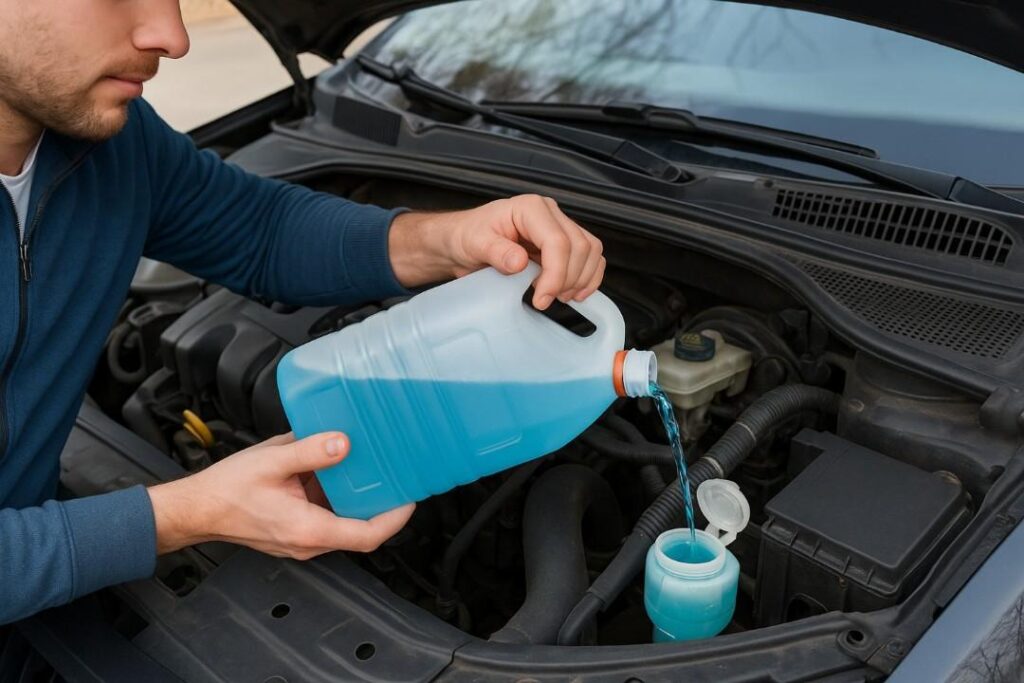
Premium synthetic or semi-synthetic oils reduce friction, enhance engine protection, and improve fuel economy. Lower-quality oils can break down faster under heat, leading to deposits that hinder performance. Choosing oil that meets or exceeds manufacturer specifications ensures optimal lubrication in all weather conditions.
Regular oil changes—typically every 5,000 to 7,500 miles—help maintain clean engine internals. Oil with advanced detergents can also minimize sludge buildup, leading to smoother acceleration and quieter operation. Investing in better oil may increase upfront costs, but it delivers long-term savings through reduced wear.
3. Replace Air Filters on Time
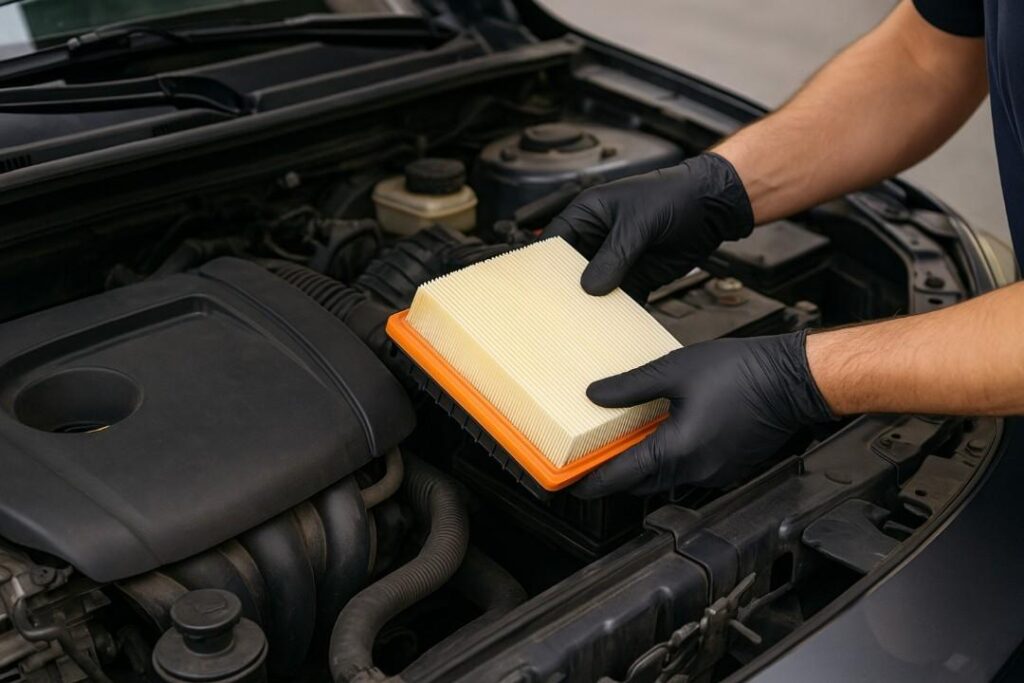
A clean air filter allows the engine to “breathe” more efficiently, improving combustion and horsepower. Clogged filters restrict airflow, forcing the engine to consume more fuel to compensate. Most experts recommend replacement every 12,000 to 15,000 miles, though dusty environments may require more frequent changes.
Performance-oriented filters can provide a small boost in acceleration. Additionally, modern reusable filters can be washed and reused, offering long-term cost savings without sacrificing airflow. Ensuring a clean filter can improve fuel economy by up to 10% in certain driving conditions (source).
4. Keep the Fuel System Clean
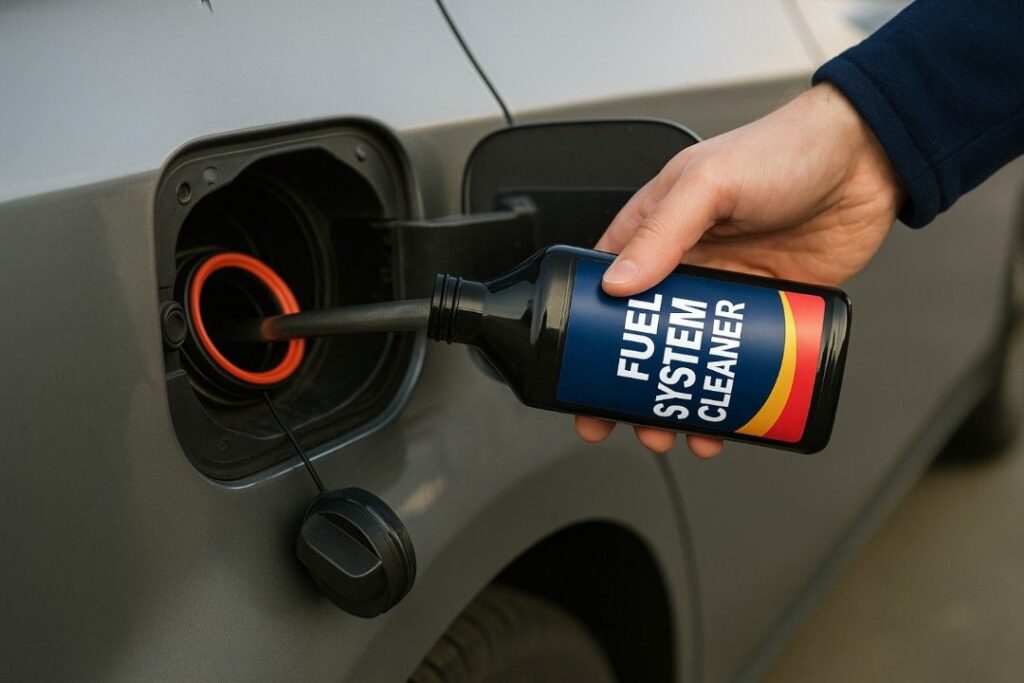
Fuel injector deposits can cause poor acceleration, reduced mileage, and rough idling. Using high-quality gasoline with detergents or adding a fuel system cleaner periodically helps maintain optimal spray patterns. Many modern cars benefit from cleaning every 15,000 to 30,000 miles.
A clogged injector can cause uneven combustion, resulting in power loss. Professional cleaning services may restore performance if symptoms persist. This preventive measure ensures smoother throttle response, better emissions, and consistent fuel delivery for years.
5. Upgrade Spark Plugs
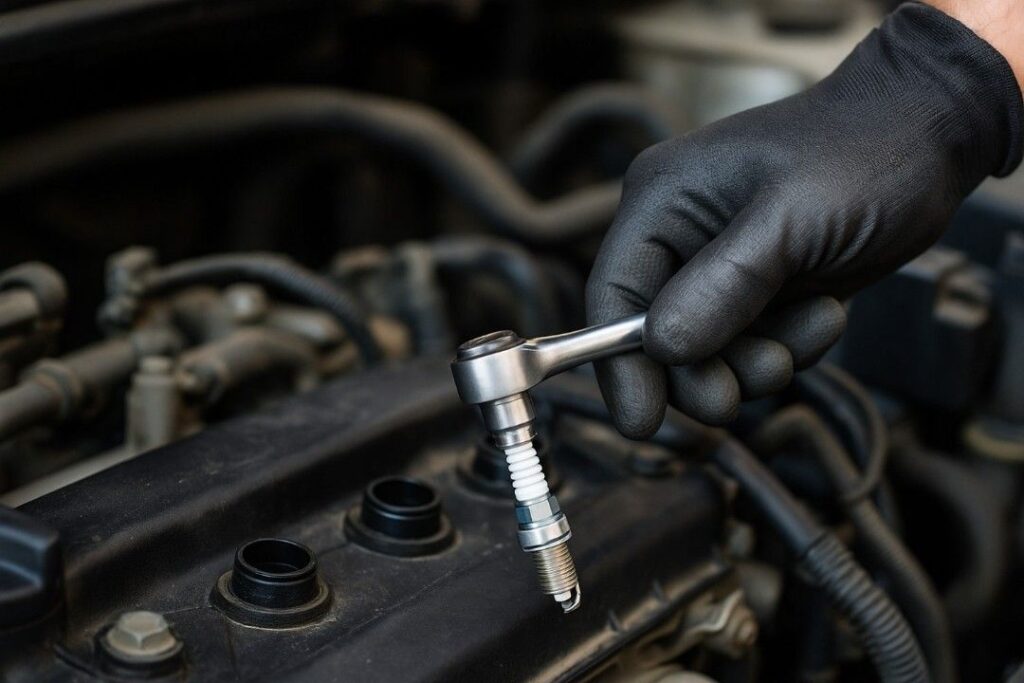
Worn or corroded spark plugs can cause misfires, rough idling, and poor fuel efficiency. High-performance plugs, such as iridium or platinum types, offer better conductivity and longer lifespan than traditional copper options. Properly functioning plugs ensure complete combustion, resulting in better power output and cleaner emissions.
Replacement intervals vary, but many modern plugs last up to 100,000 miles. Always check manufacturer recommendations to avoid compatibility issues. Regular inspection can reveal early signs of wear before performance drops noticeably.
6. Maintain Proper Wheel Alignment
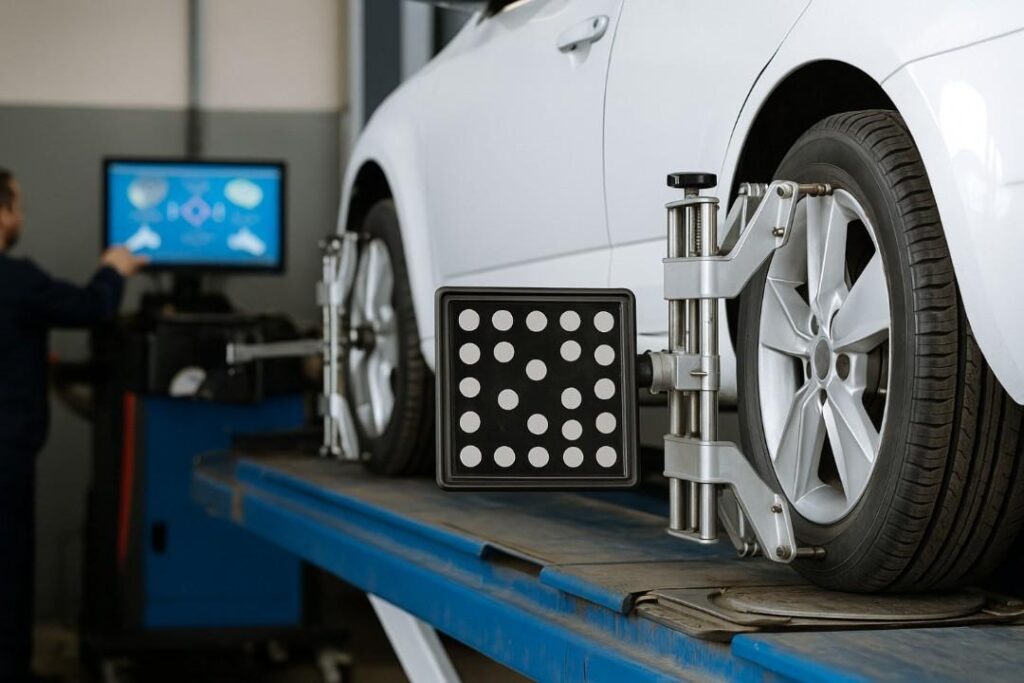
Misaligned wheels increase tire wear, reduce fuel efficiency, and affect steering precision. Regular alignment checks, especially after hitting potholes or curbs, keep the suspension geometry correct. Proper alignment reduces rolling resistance, which improves gas mileage and extends tire life. Uneven steering pull or rapid tire wear often signals a need for adjustment. Combining alignment with tire rotation ensures even tread wear and balanced handling, especially at higher speeds.
7. Keep Weight to a Minimum

Excess cargo adds unnecessary strain to the engine, transmission, and brakes. Removing non-essential items from the trunk or roof rack can improve acceleration, braking, and fuel economy. Even 100 pounds of extra weight can lower MPG by up to 1%. Roof-mounted cargo boxes also increase aerodynamic drag, further reducing efficiency. For long trips, consider aerodynamic carriers instead of bulky boxes. This simple habit not only boosts performance but also reduces maintenance costs over time (source).
8. Use Quality Fuel
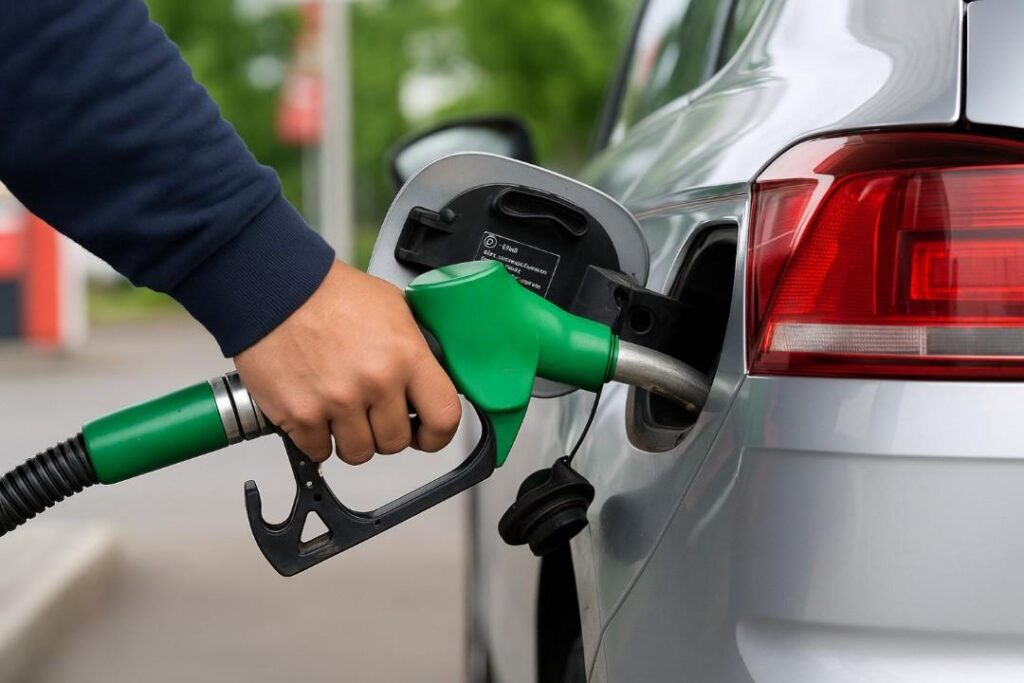
Top-tier gasoline contains detergents that help prevent carbon deposits on valves and injectors. Cheaper, low-grade fuel can lead to buildup that reduces engine efficiency over time. Many automakers recommend using fuels certified by the Top Tier™ standard for cleaner operation. While premium fuel offers no benefit for engines designed for regular, using recommended octane ensures optimal combustion. Over time, quality fuel helps maintain consistent performance and reduces repair needs (source).
9. Install a Cold Air Intake

Cold air intakes draw cooler, denser air into the engine, improving combustion efficiency and potentially increasing horsepower. Unlike stock airboxes, performance intakes often feature smoother pathways and less restrictive filters. Gains are typically more noticeable in naturally aspirated engines but can benefit turbocharged vehicles as well. Installation should comply with local emissions regulations. Pairing a cold air intake with a proper ECU tune can unlock even greater benefits.
10. Keep the Cooling System Healthy
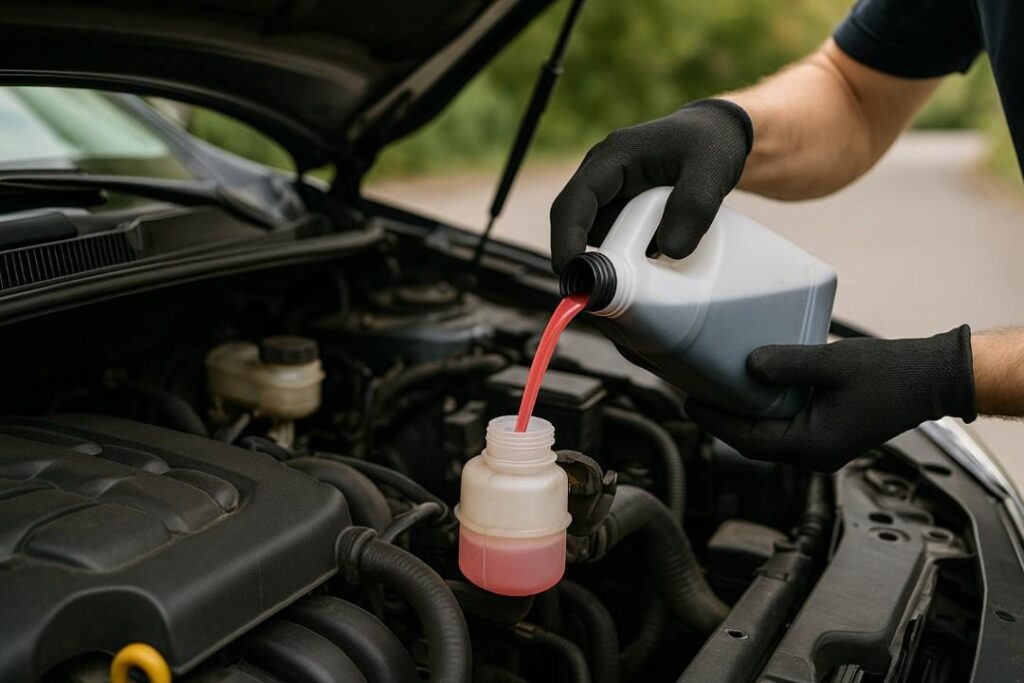
An overheated engine loses efficiency and risks severe damage. Regularly checking coolant levels, inspecting hoses, and flushing the system at recommended intervals keeps temperatures in check. High-quality coolant not only prevents overheating but also protects against corrosion. A malfunctioning thermostat or radiator fan can quickly cause performance drops. Proactive maintenance ensures consistent operating temperatures for peak combustion efficiency.
11. Upgrade to Low-Resistance Tires
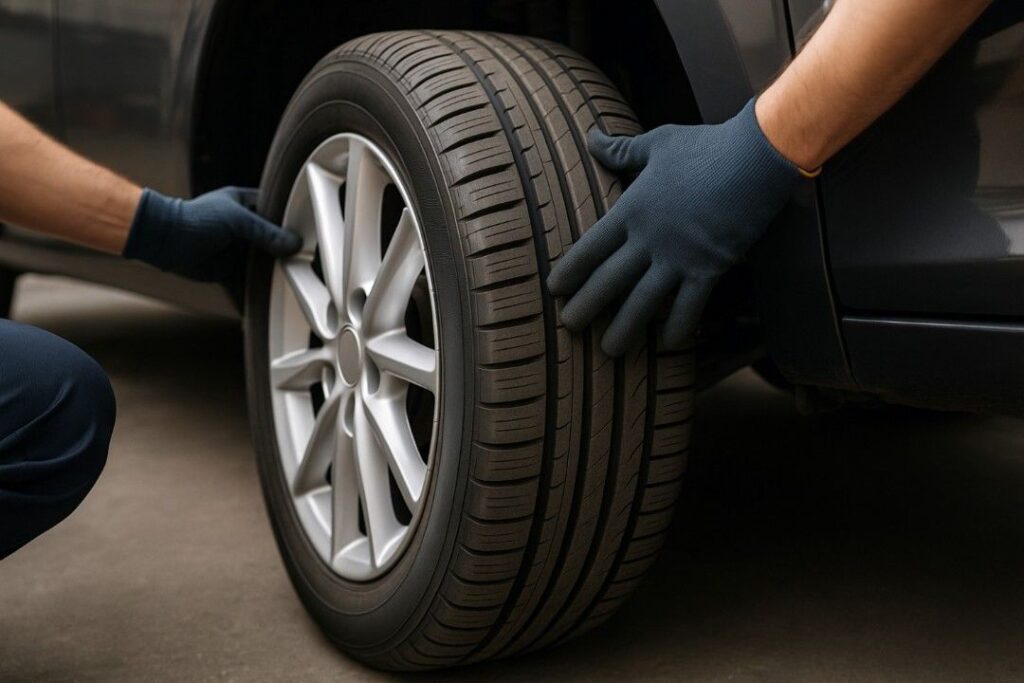
Low rolling resistance tires reduce friction between the tire and road, improving fuel economy and acceleration response. Modern options use advanced tread compounds and designs that minimize drag without sacrificing grip. Ideal for daily commuting, these tires can save fuel over thousands of miles. While they may cost more initially, long-term fuel savings often offset the price difference.
12. Keep the Battery in Top Shape
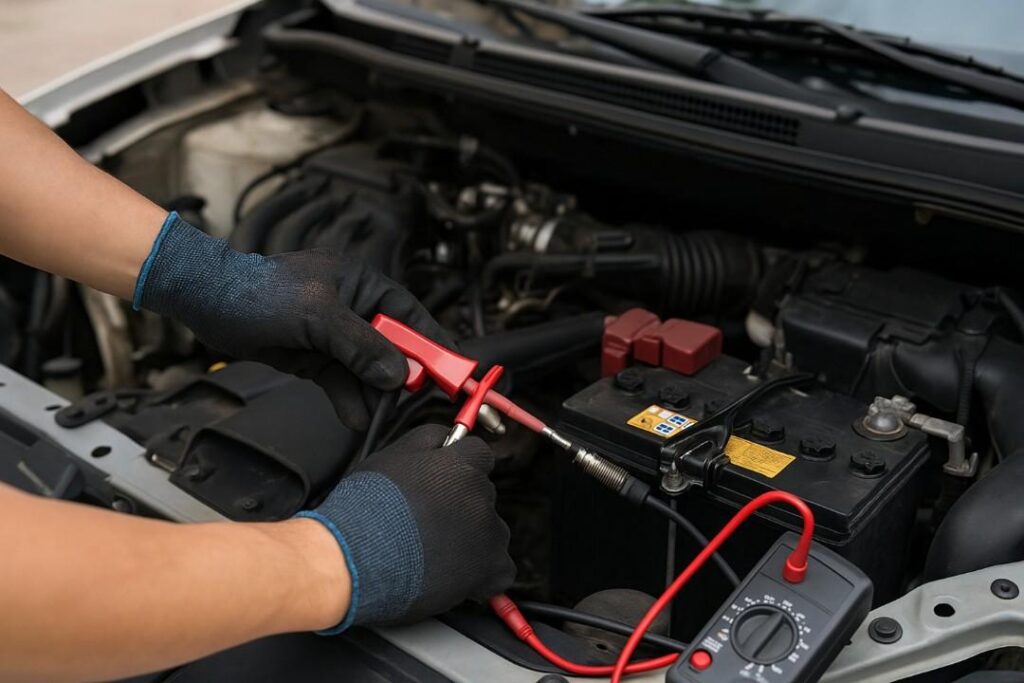
A weak battery forces the alternator to work harder, slightly reducing engine efficiency. Regularly checking voltage levels and cleaning terminals prevents electrical issues that can affect performance. Replacing an old or failing battery ensures consistent starting power and stable voltage for critical systems. Extreme temperatures accelerate wear, making seasonal checks essential.
13. Lubricate Moving Parts
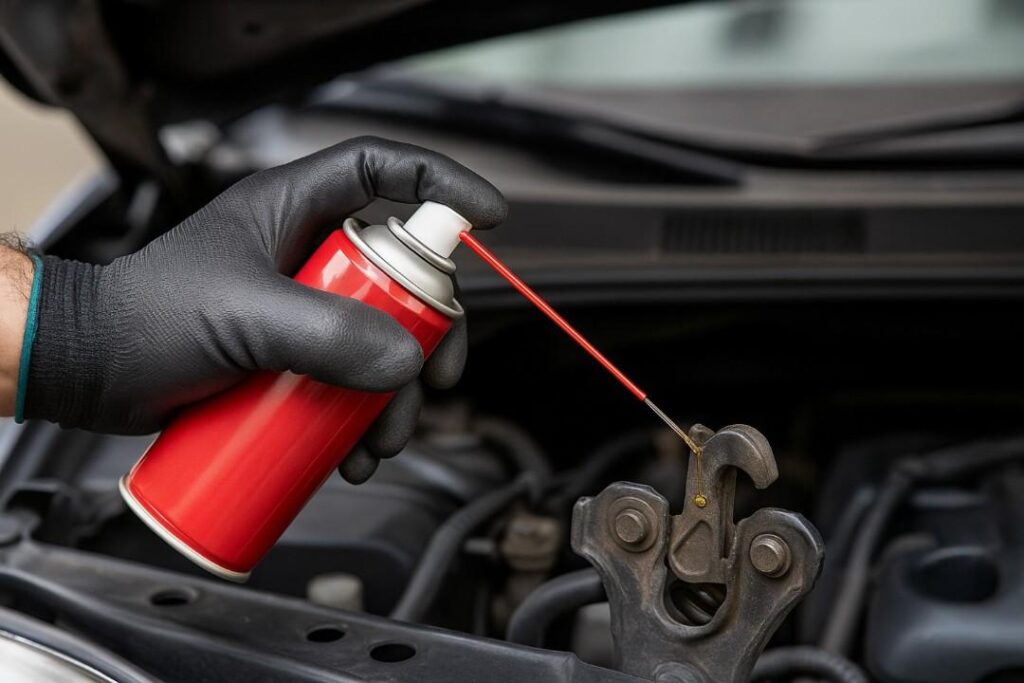
From door hinges to throttle linkages, proper lubrication prevents friction that can lead to wear and inefficiency. Using the correct lubricants for each component ensures smooth operation. Neglecting lubrication can cause minor mechanical resistance that accumulates into noticeable performance losses over time.
14. Use an Engine Tuner

Modern ECU tuners allow drivers to optimize engine parameters for improved power, throttle response, and fuel efficiency. Many offer multiple modes, such as economy, sport, or towing. Tuning should only be done within safe manufacturer limits to avoid engine stress. Professional installation ensures compliance with emissions laws and maximizes benefits.
15. Replace Worn Belts and Hoses
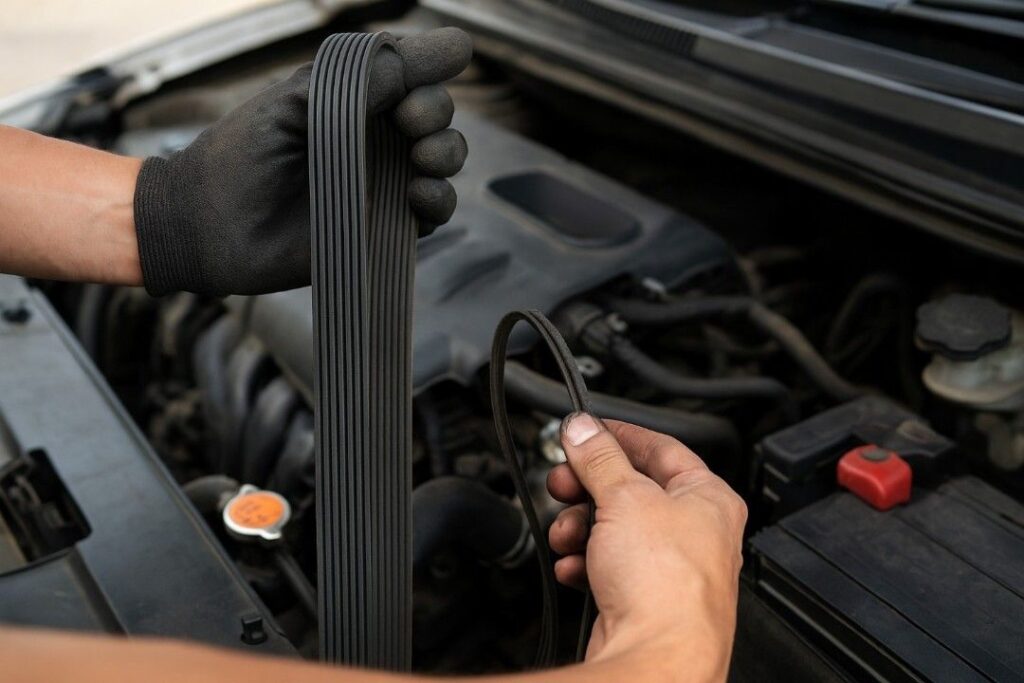
Cracked or frayed belts and hoses can reduce accessory performance, affect cooling, or lead to breakdowns. Serpentine belts drive critical systems like the alternator and water pump, making timely replacement vital. Checking tension, alignment, and wear signs every service interval helps avoid sudden failures. Quality replacements last longer and maintain optimal operation.

